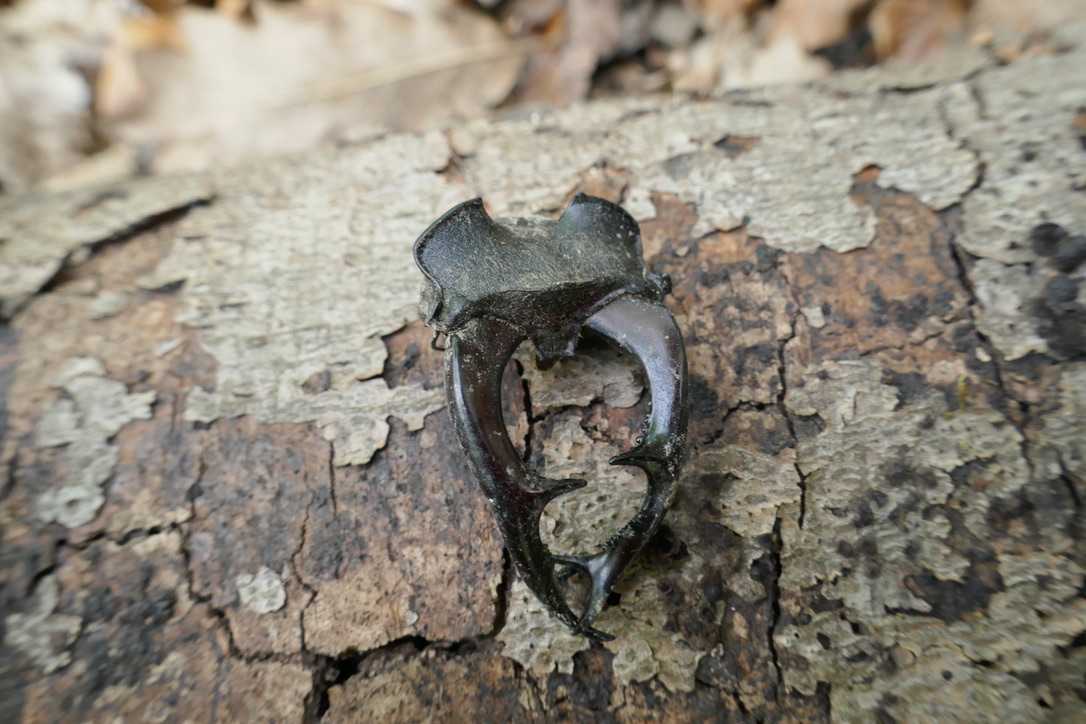Never realised scorpion flies have such long noses

Never realised scorpion flies have such long noses

Not the most notable, but possibly my favourite #CityNatureChallenge 2022 sighting: a dancing caterpillar!
Sadly, this isn’t an extremely rare musical species which will revolutionise animal rhythmic entrainment research! It’s a defensive behaviour triggered in this case by the fly which I was actually trying to photograph.
#CNC 2022 Day 4 Highlights — was pretty tired at this point so just went for a short walk through the Laaer Wald. Not much of note, but I did finally get to see a bristly millipede

Also found a buzzing spider and a weevil with an amusingly long nose
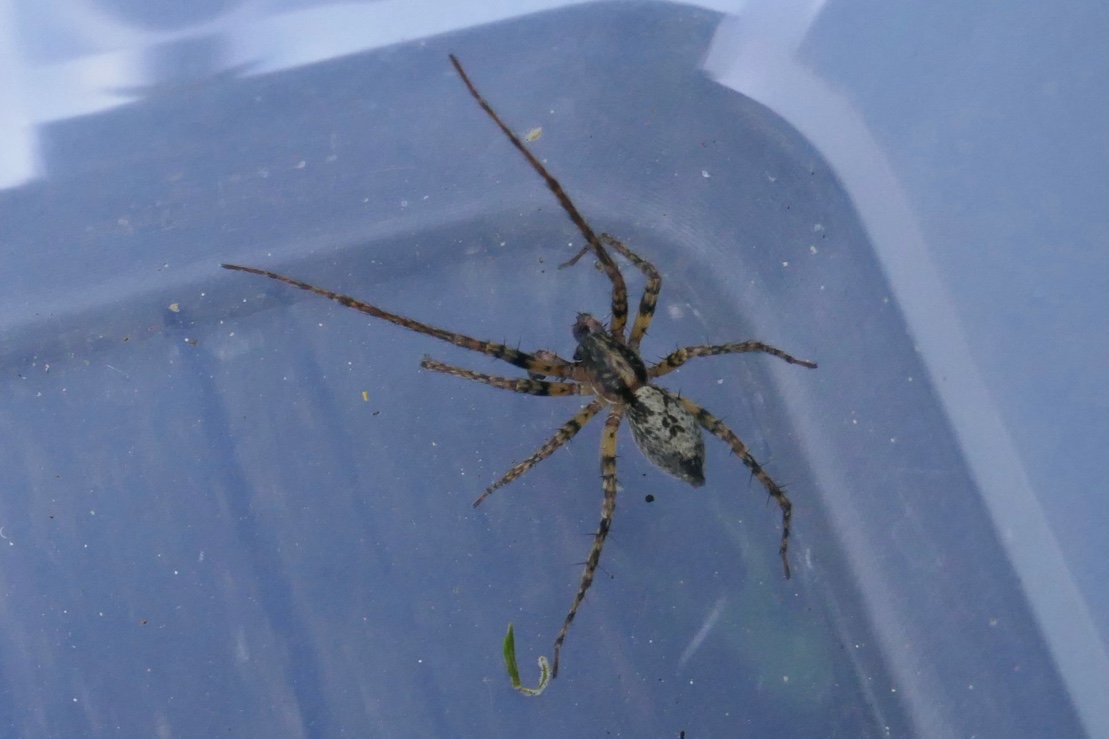
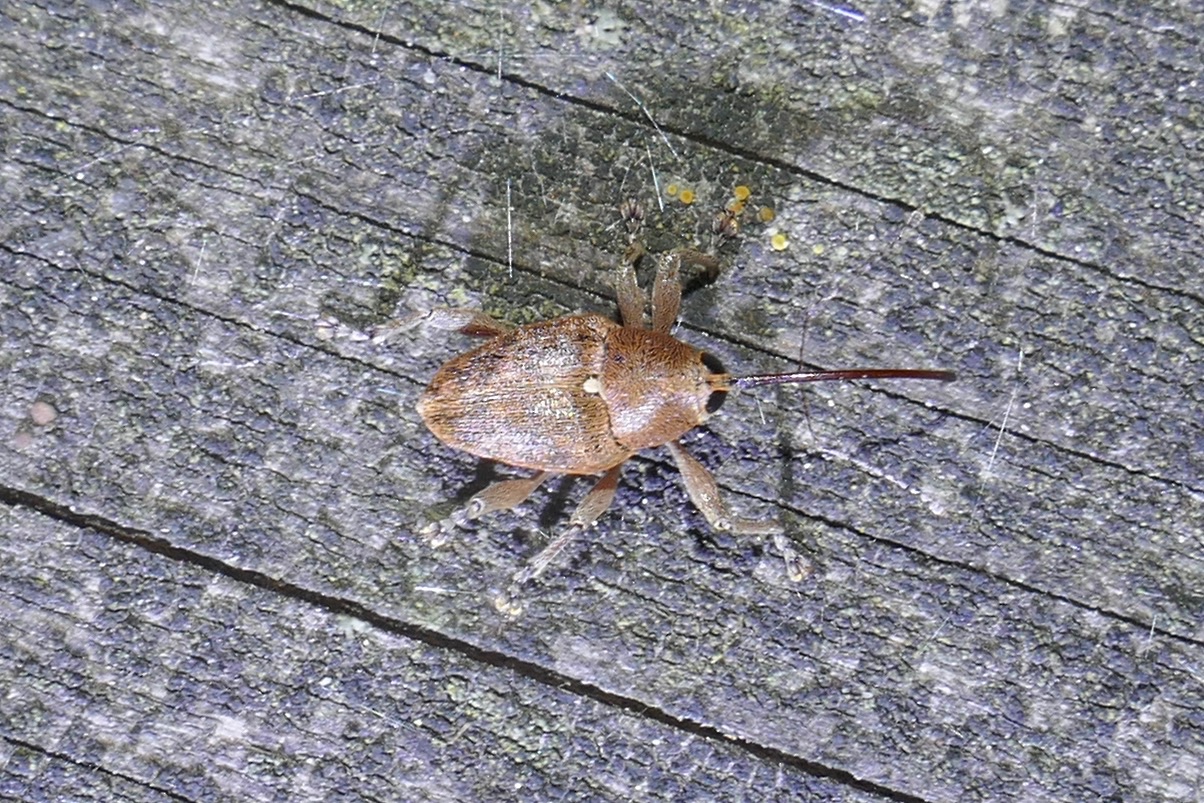
That’s a total of 260 observations over the four days, of which 106 have already been IDed to species. I’ll wait a few days before posting my usual unique and notable species analysis, and will update it a few times as more observations get IDs.
#CNC 2022 (belated) Day 3 Highlights! Rain during the day, so I went out at night.
Several Flat-backed millipedes and Blue Ground Beetles

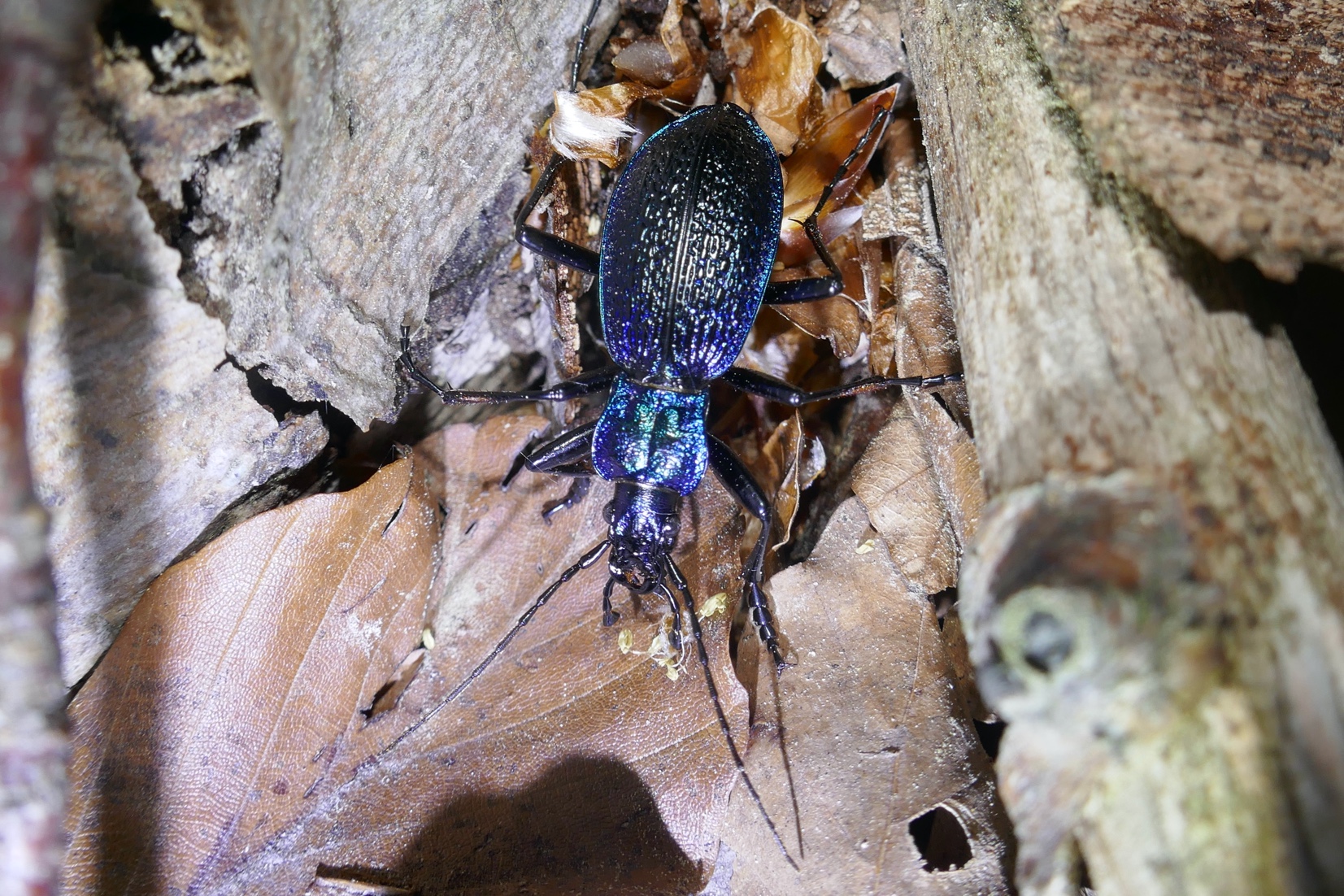
A little Flower Longhorn Beetle and a Laena viennensis
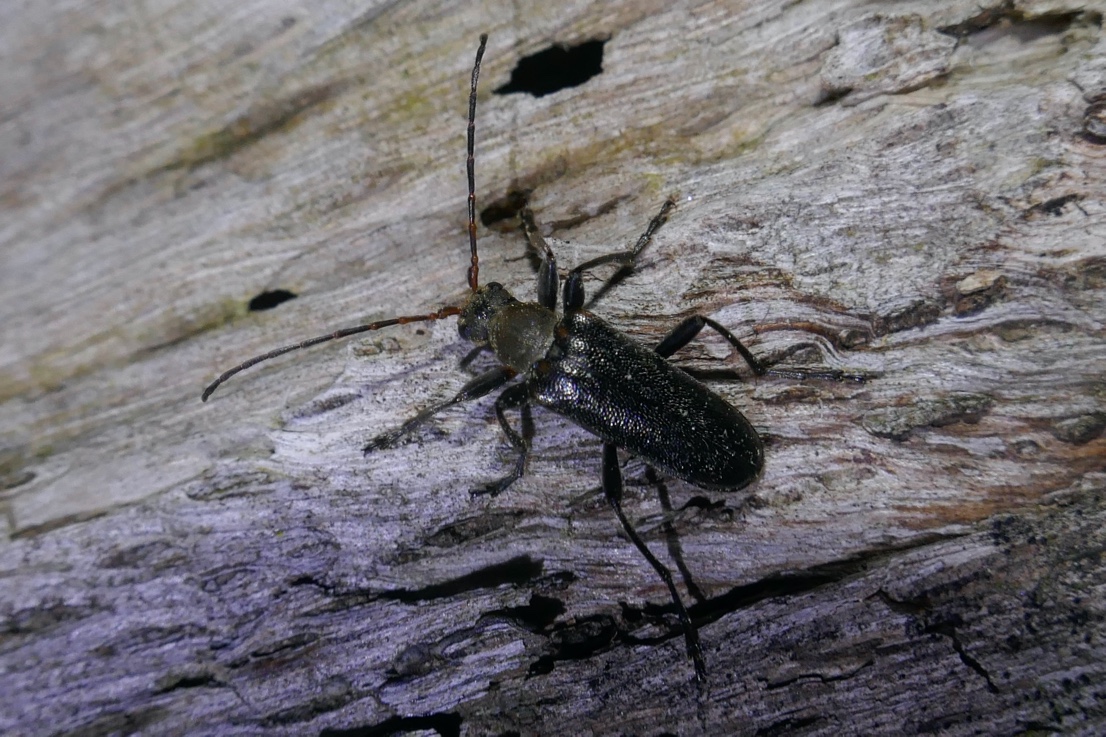
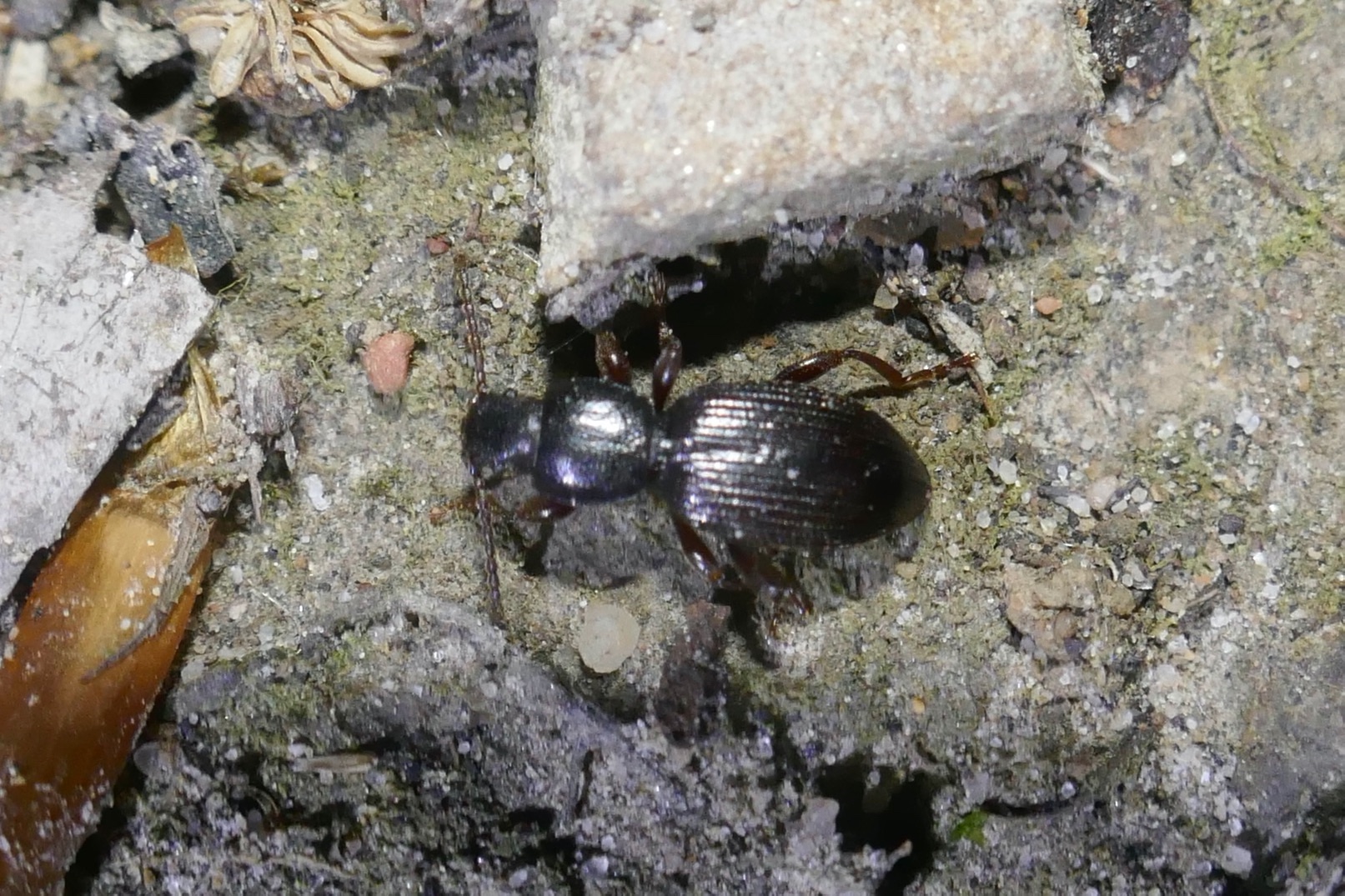
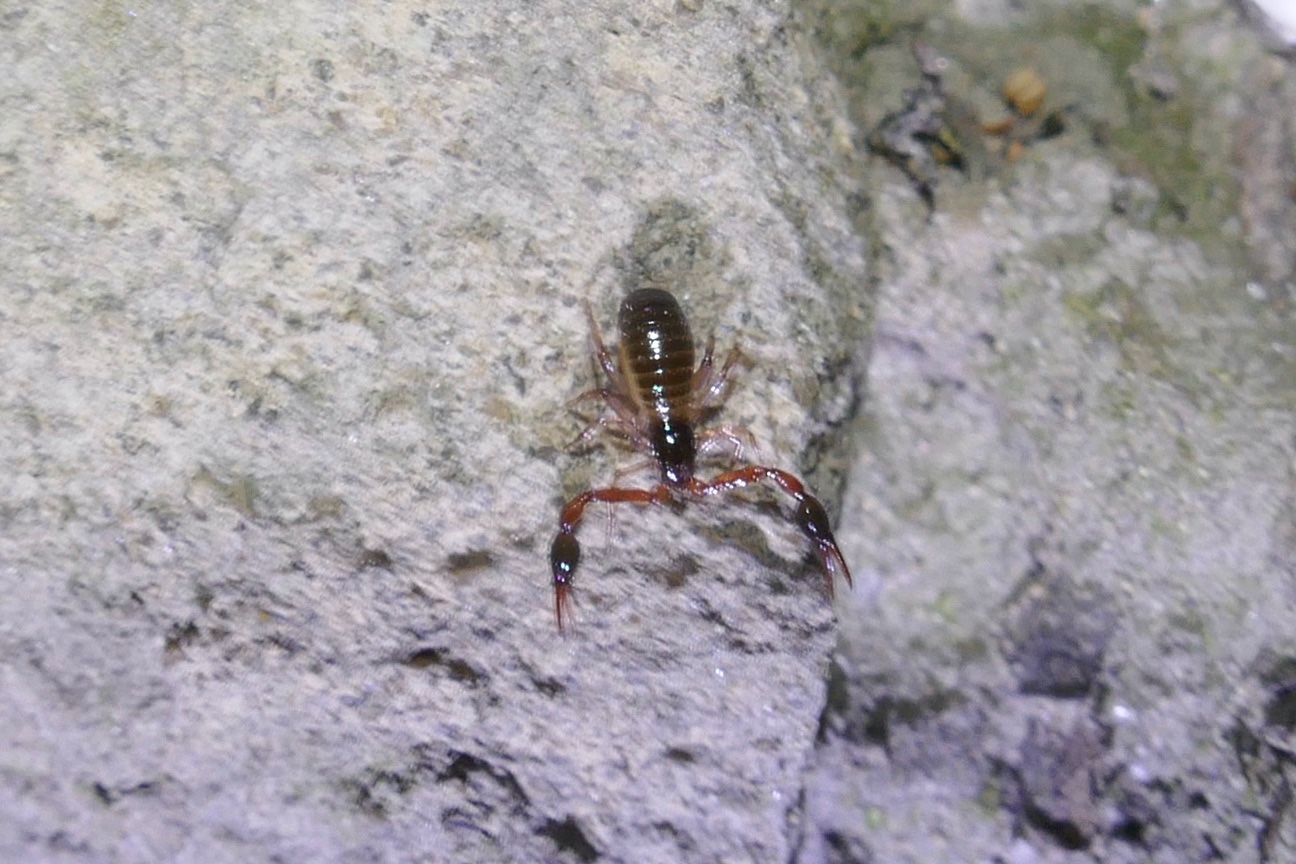
A Bronze Ground Beetle and a Four-spotted Carrion Beetle
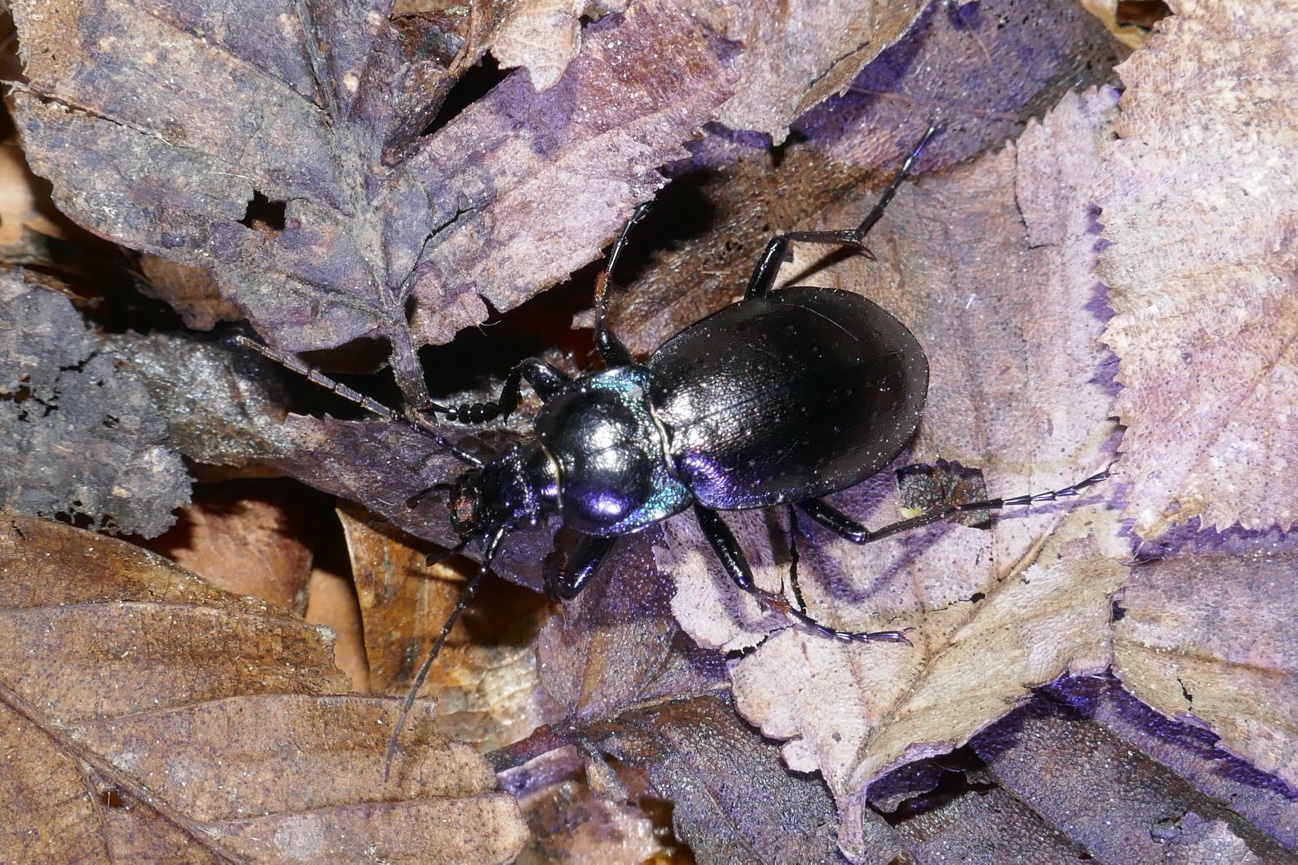
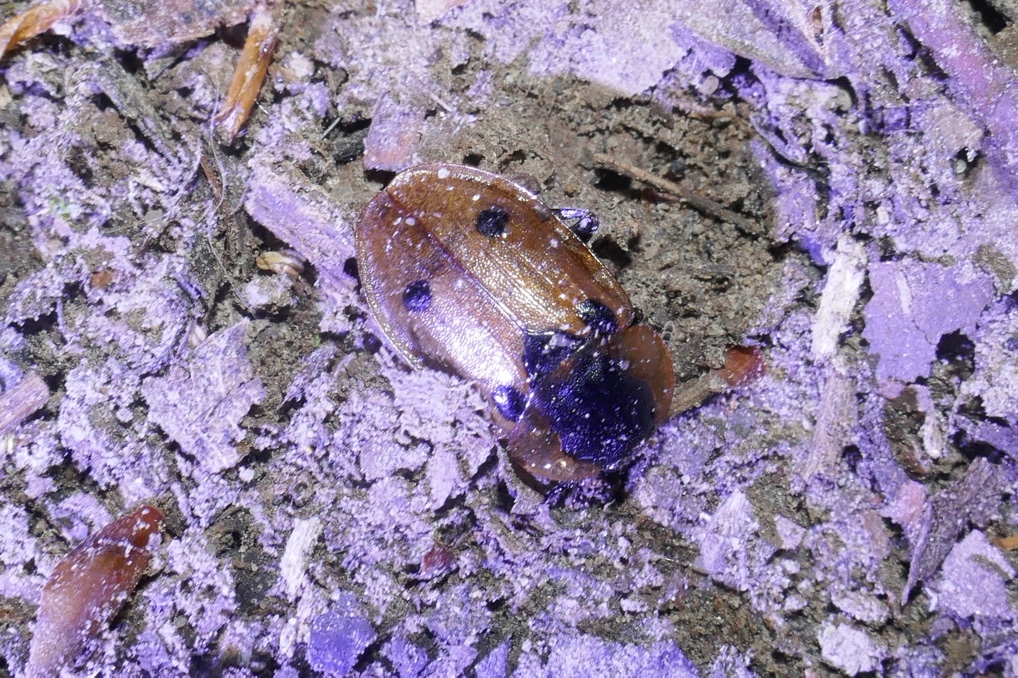
#CNC 2022 Day 2 Highlights! Only 90 observations today, despite much more time outside — yesterday cleared out the low-hanging fruit.
I think there’s a European pond turtle hiding in this picture somewhere

This Aesculapian Snake was much less camera-shy!

And I finally saw an Ant Woodlouse
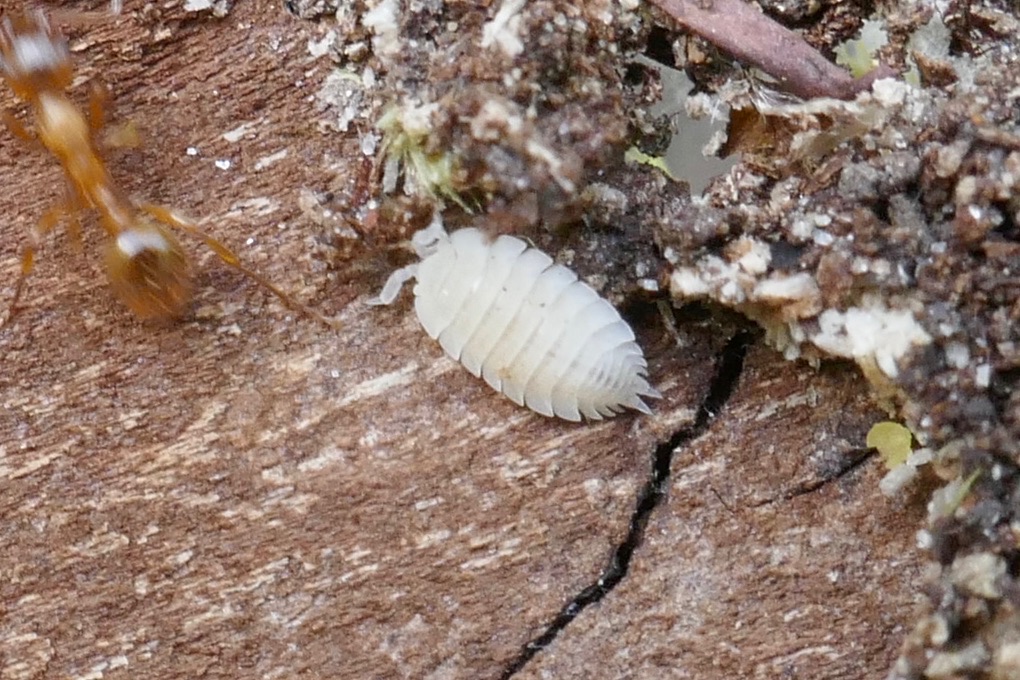
#CNC 2022 Day 1 Highlights! Spent a few hours wandering around Wienerberg and ended up with 97 observations (so close to a clean 100!)

Many Greater Bee Flies

Some tiny jumping spiders
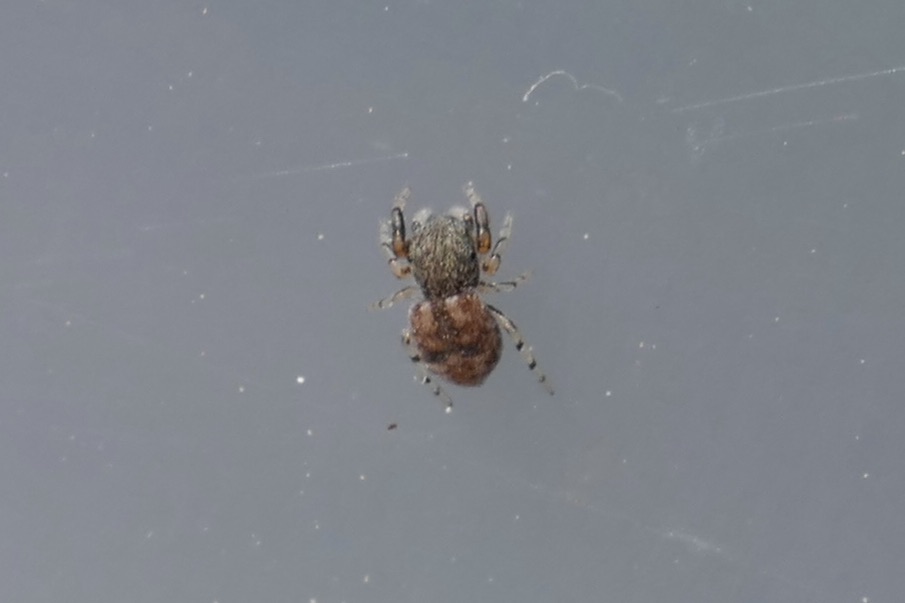
And an obligatory hamster

Drew an Ero furcata (two-humped pirate spider) to celebrate it being awarded Spider of the Year 2021!
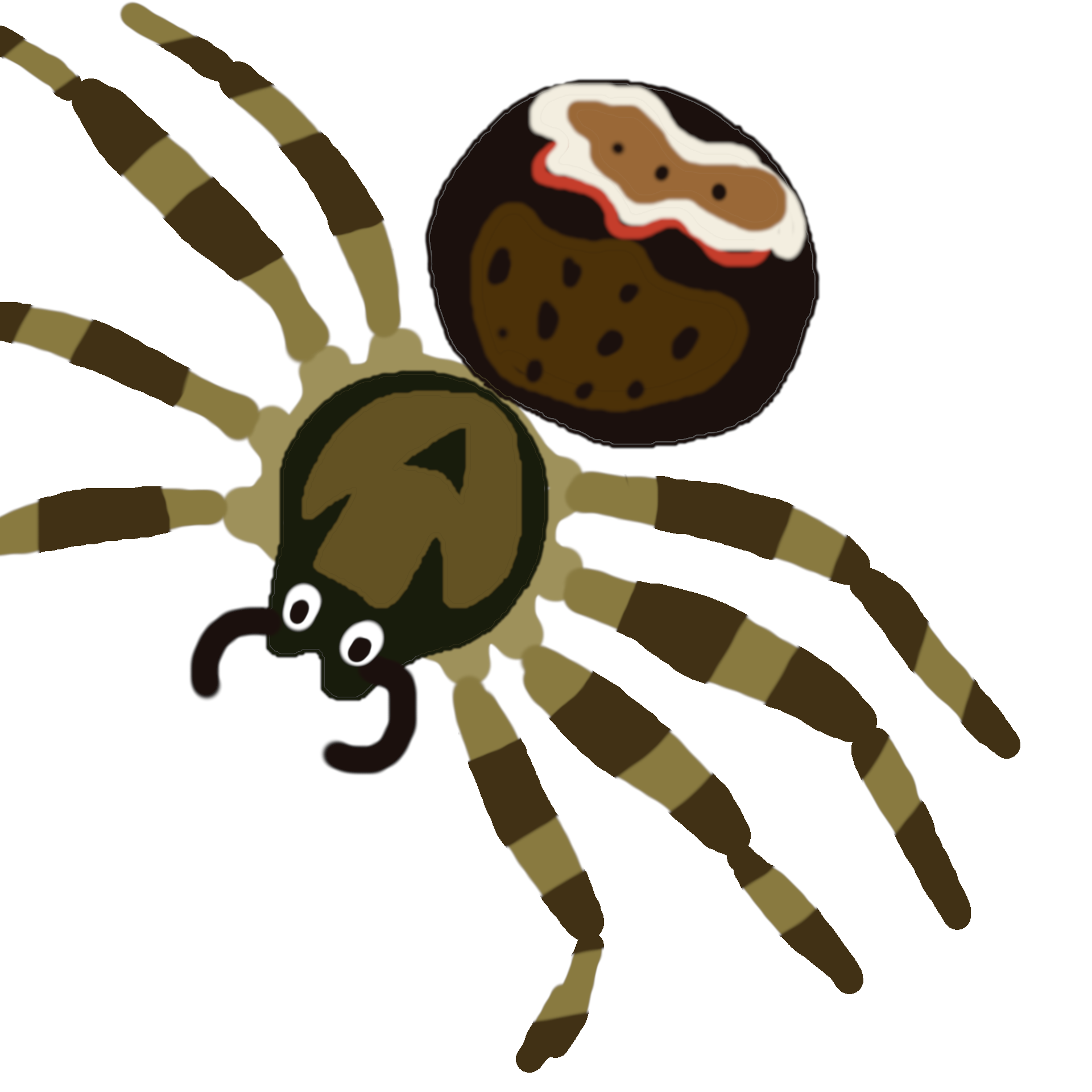
Another breakthrough in the increasingly relevant field of linguistic cryptozoology
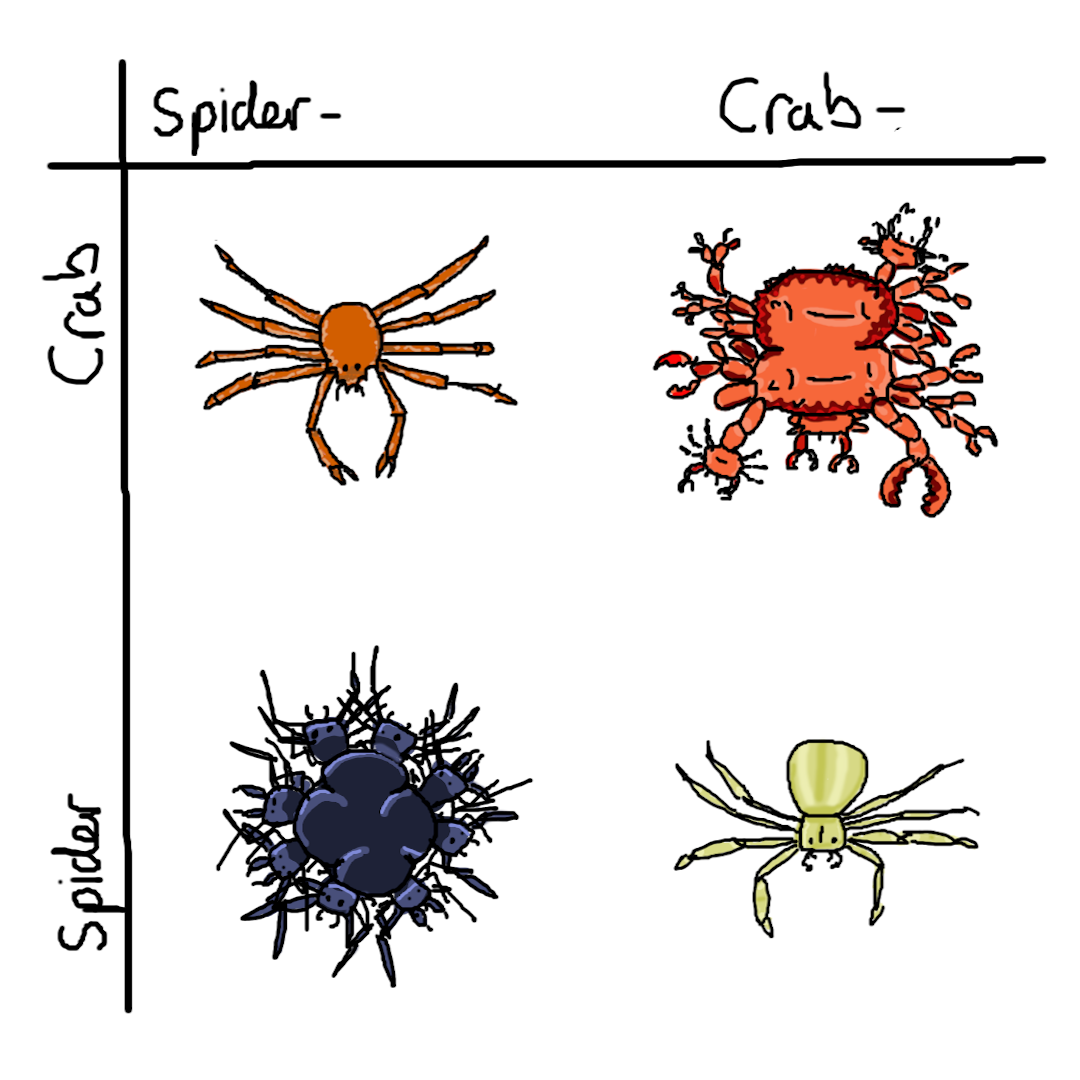
(previously: most weasel)
toad opera



bonus frog

I’ve wanted to see an Alpine Rosalia (Rosalia alpina) ever since I first heard about them, and finally managed to spot two today! Very impressive beetles, lots of fun to watch them move, and they make a cute little scratching sound when disturbed.
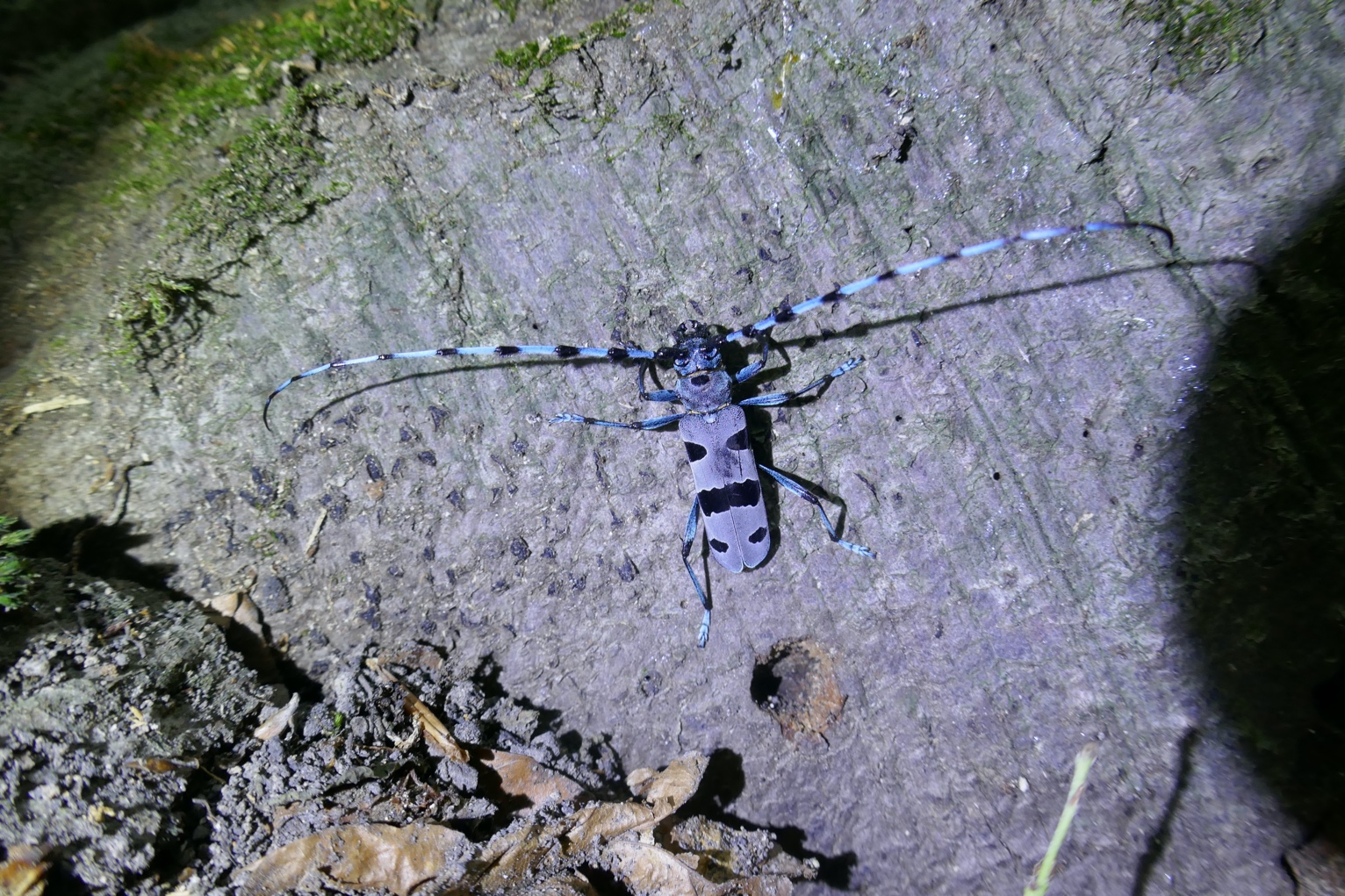
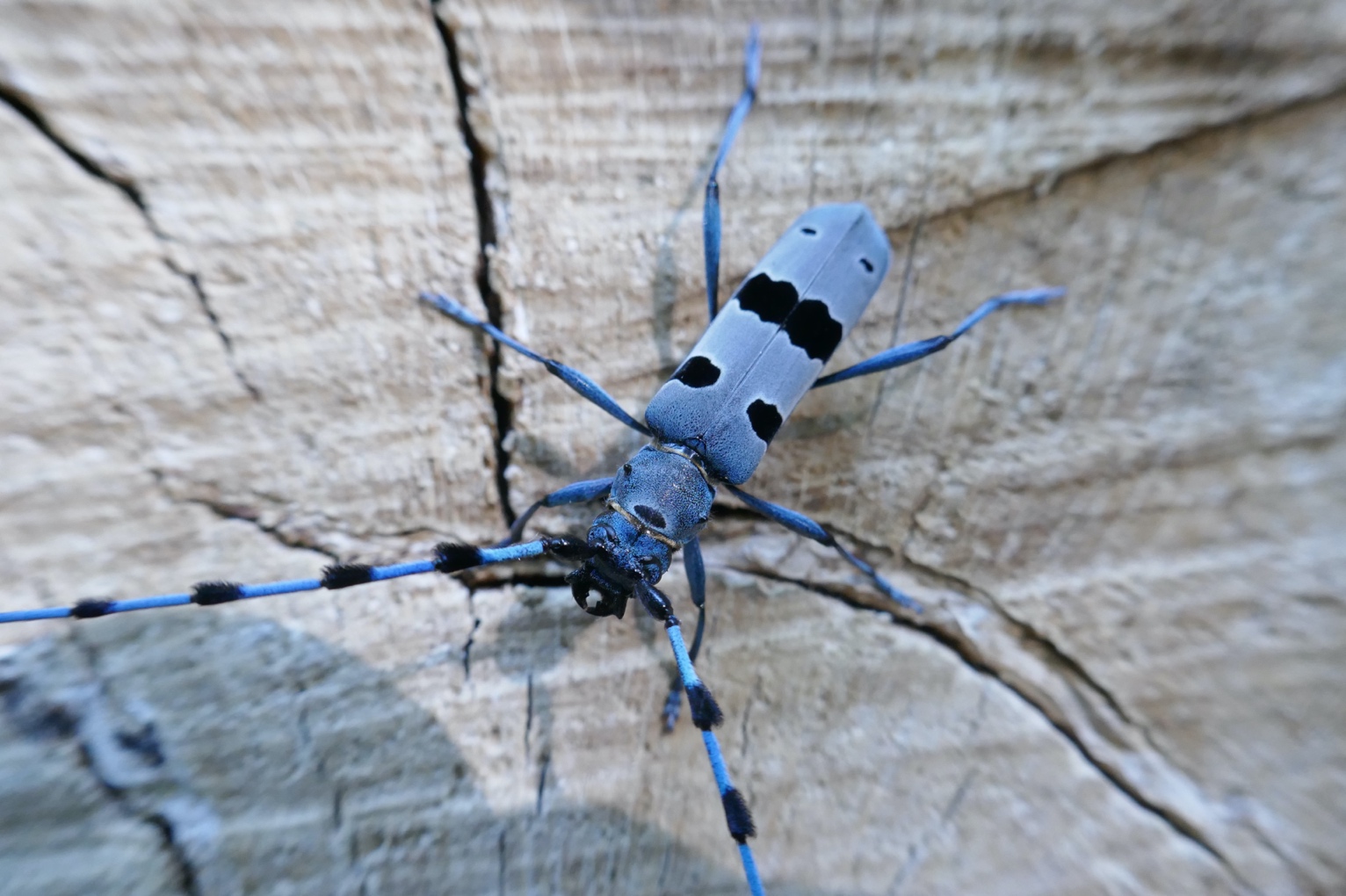
Thinking a pigeon is a bird of prey, because it’s perched in a tree, is easily my funniest iNaturalist computer vision fail yet.
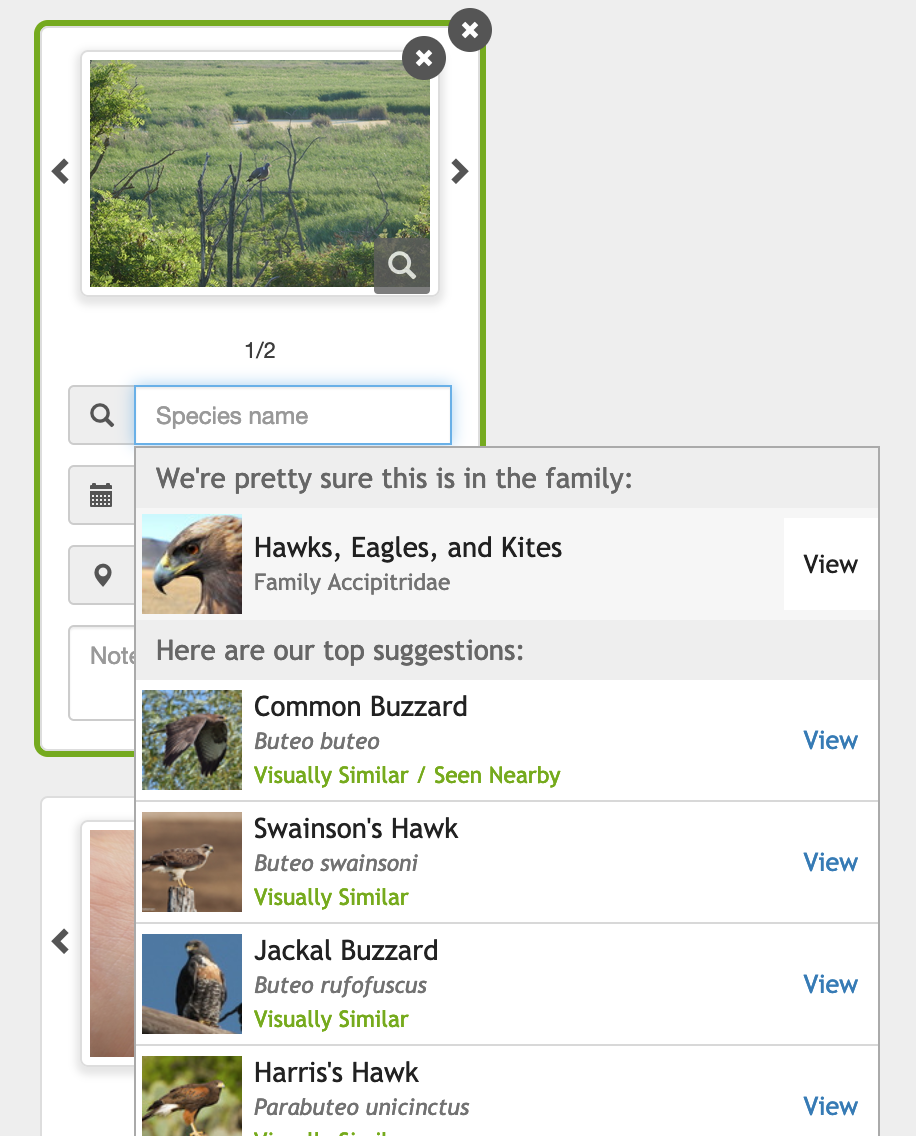
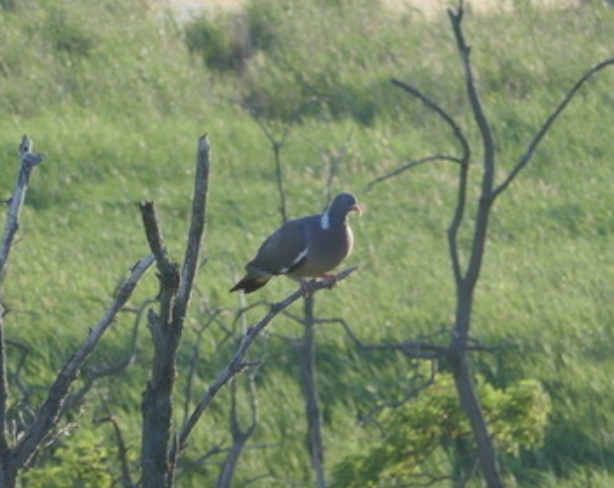
Some more hamster activity today! Anyone have any idea what the behaviour at 0:57 is? Looks like it’s trying to flatten grass, but I imagine it’d rather rest in its hole than on the surface.
Update: based on discussion in this thread, looks like it’s probably scent-marking after a territorial dispute with another male.
Ridiculous amounts of hamster activity at the moment. I must have seen nearly 100 of them in an hour. I also heard them vocalise for the first time, a sort of guttural hissing sound.

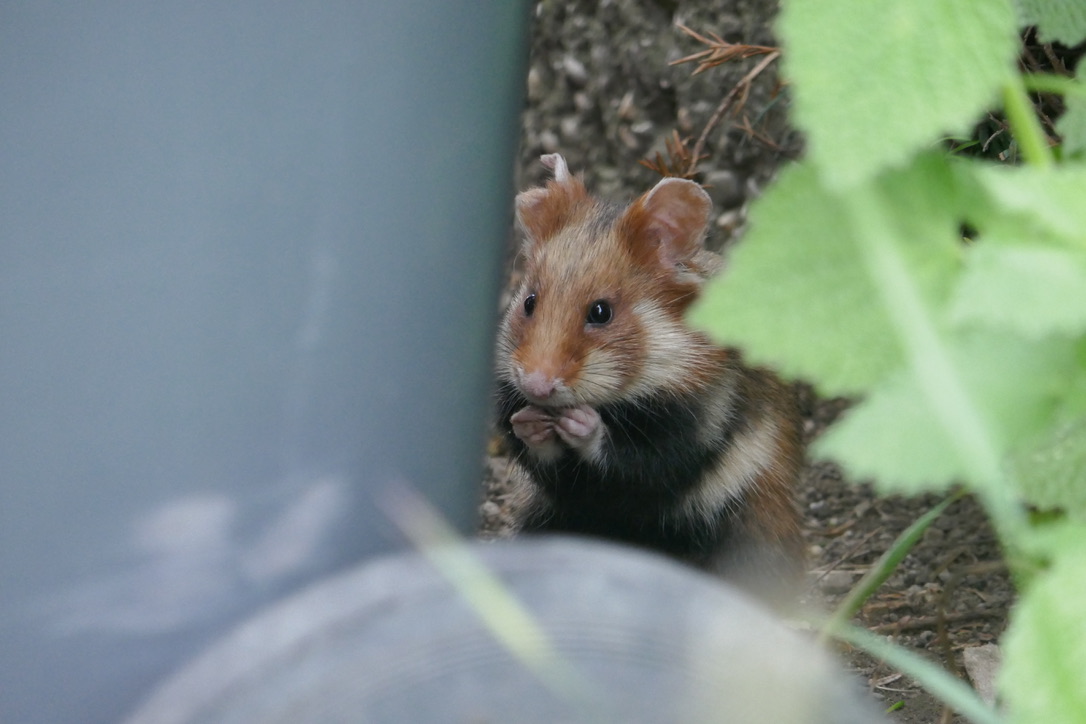
#TIL there’s a species of moth called Wockia chewbacca. Someone must have had fun naming that one
Here’s a python snippet for analysing an iNaturalist export file and exporting an HTML-formatted list of species which only have observations from a single person (e.g. this list for the CNC Wien 2021)
# coding: utf-8
import argparse
import pandas as pd
"""
Find which species in an iNaturalist export only have observations from a single observer.
Get an export from here: https://www.inaturalist.org/observations/export with a query such
as quality_grade=research&identifications=any&rank=species&projects[]=92926 and at least the
following columns: taxon_id, scientific_name, common_name, user_login
Download it, extract the CSV, then run this script with the file name as its argument. It will
output basic stats formatted as HTML.
The only external module required is pandas.
Example usage:
py uniquely_observed_species.py wien_cnc_2021.csv > wien_cnc_2021_results.html
If you provide the --project-id (-p) argument, the taxa links in the output list will link to
a list of observations of that taxa within that project. Otherwise, they default to linking
to the taxa page.
If a quality_grade column is included, non-research-grade observations will be included in the
analysis. Uniquely observed species with no research-grade observations will be marked. Species
which were observed by multiple people, only one of which has research-grade observation(s) will
also be marked.
By Barnaby Walters waterpigs.co.uk
"""
if __name__ == "__main__":
parser = argparse.ArgumentParser(description='Given an iNaturalist observation export, find species which were only observed by a single person.')
parser.add_argument('export_file')
parser.add_argument('-p', '--project-id', dest='project_id', default=None)
args = parser.parse_args()
uniquely_observed_species = {}
df = pd.read_csv(args.export_file)
# If quality_grade isn’t given, assume that the export contains only RG observations.
if 'quality_grade' not in df.columns:
df.loc[:, 'quality_grade'] = 'research'
# Filter out casual observations.
df = df.query('quality_grade != "casual"')
# Create a local species reference from the dataframe.
species = df.loc[:, ('taxon_id', 'scientific_name', 'common_name')].drop_duplicates()
species = species.set_index(species.loc[:, 'taxon_id'])
for tid in species.index:
observers = df.query('taxon_id == @tid').loc[:, 'user_login'].drop_duplicates()
research_grade_observers = df.query('taxon_id == @tid and quality_grade == "research"').loc[:, 'user_login'].drop_duplicates()
if observers.shape[0] == 1:
# Only one person made any observations of this species.
observer = observers.squeeze()
if observer not in uniquely_observed_species:
uniquely_observed_species[observer] = []
uniquely_observed_species[observer].append({
'id': tid,
'has_research_grade': (not research_grade_observers.empty),
'num_other_observers': 0
})
elif research_grade_observers.shape[0] == 1:
# Multiple people observed the species, but only one person has research-grade observation(s).
rg_observer = research_grade_observers.squeeze()
if rg_observer not in uniquely_observed_species:
uniquely_observed_species[rg_observer] = []
uniquely_observed_species[rg_observer].append({
'id': tid,
'has_research_grade': True,
'num_other_observers': observers.shape[0] - 1
})
# Sort observers by number of unique species.
sorted_observations = sorted(uniquely_observed_species.items(), key=lambda t: len(t[1]), reverse=True)
print(f"<p>{sum([len(t) for _, t in sorted_observations])} taxa uniquely observed by {len(sorted_observations)} observers.</p>")
print('<p>')
for observer, _ in sorted_observations:
print(f"@{observer} ", end='')
print('</p>')
print('<p><b>bold</b> species are ones for which the given observer has one or more research-grade observations.</p>')
print('<p>If only one person has RG observations of a species, but other people have observations which need ID, the number of needs-ID observers are indicated in parentheses.')
for observer, taxa in sorted_observations:
print(f"""\n\n<p><a href="https://www.inaturalist.org/people/{observer}">@{observer}</a> ({len(taxa)} taxa):</p><ul>""")
for tobv in sorted(taxa, key=lambda t: species.loc[t['id']]['scientific_name']):
tid = tobv['id']
t = species.loc[tid]
if args.project_id:
taxa_url = f"https://www.inaturalist.org/observations?taxon_id={tid}&project_id={args.project_id}"
else:
taxa_url = f'https://www.inaturalist.org/taxa/{tid}'
rgb, rge = ('<b>', '</b>') if tobv.get('has_research_grade') else ('', '')
others = f" ({tobv.get('num_other_observers', 0)})" if tobv.get('num_other_observers', 0) > 0 else ''
if not pd.isnull(t['common_name']):
print(f"""<li><a href="{taxa_url}">{rgb}<i>{t['scientific_name']}</i> ({t['common_name']}){rge}{others}</a></li>""")
else:
print(f"""<li><a href="{taxa_url}">{rgb}<i>{t['scientific_name']}</i>{rge}{others}</a></li>""")
print("</ul>")
Day 4 of the #CityNatureChallenge was very successful after the storm-related inactivity of day 3, with 106 observations from the Lobau and Prater. Highlights include:
My first sighting of wild european pond turtles
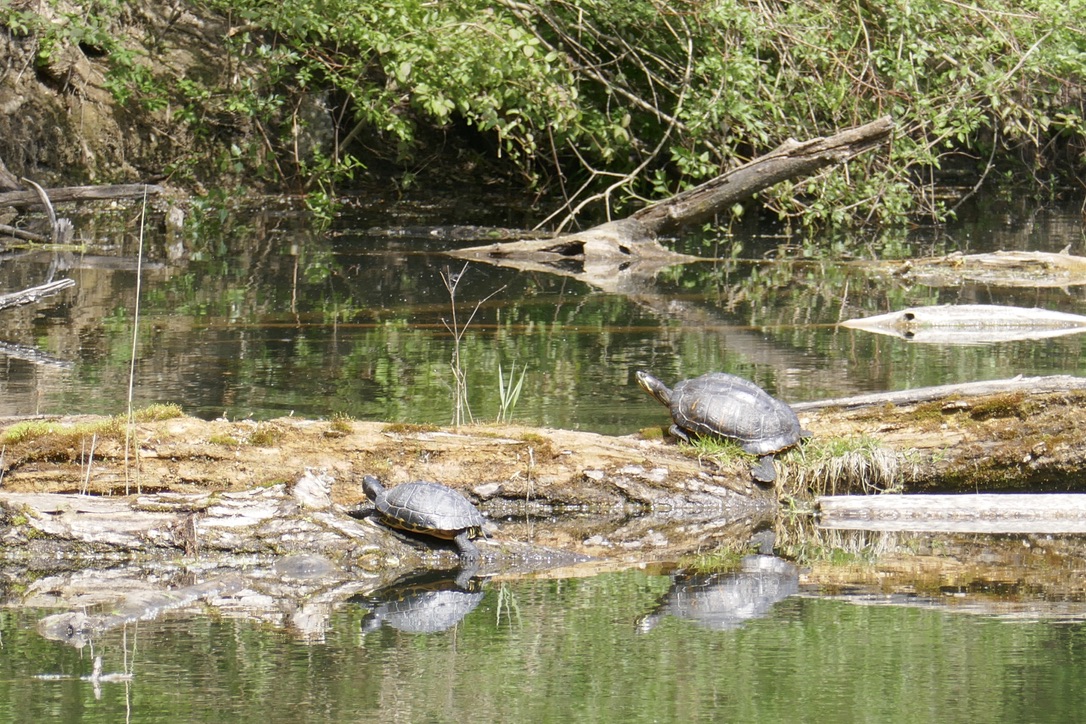
My first black woodpeckers
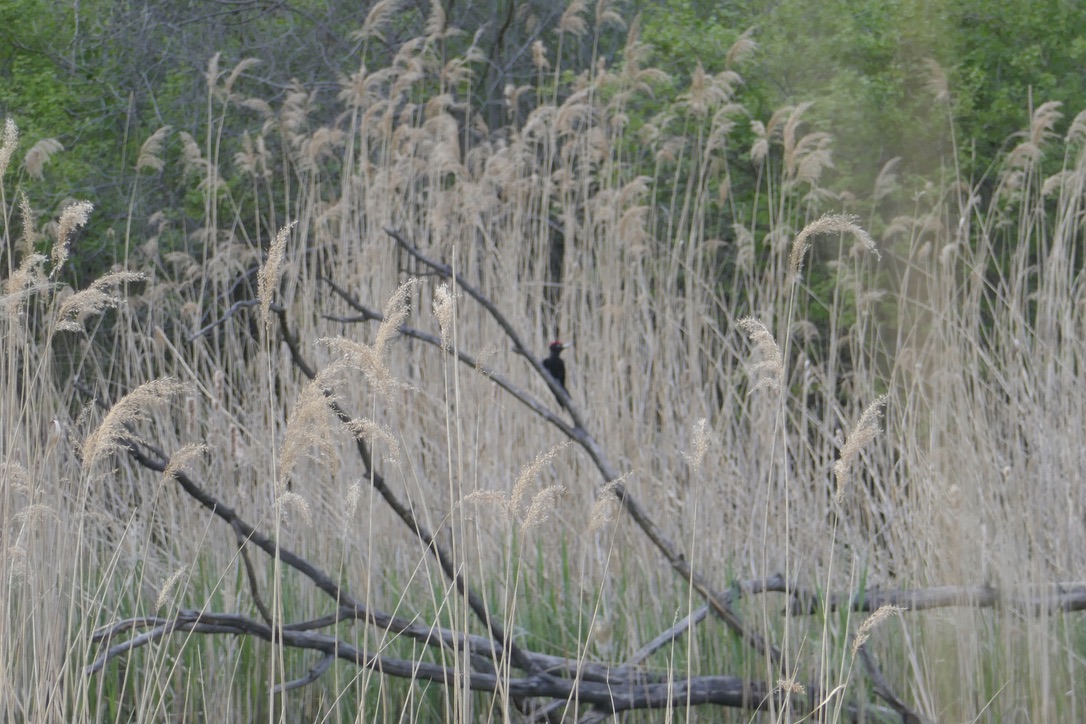
Many great spotted woodpeckers
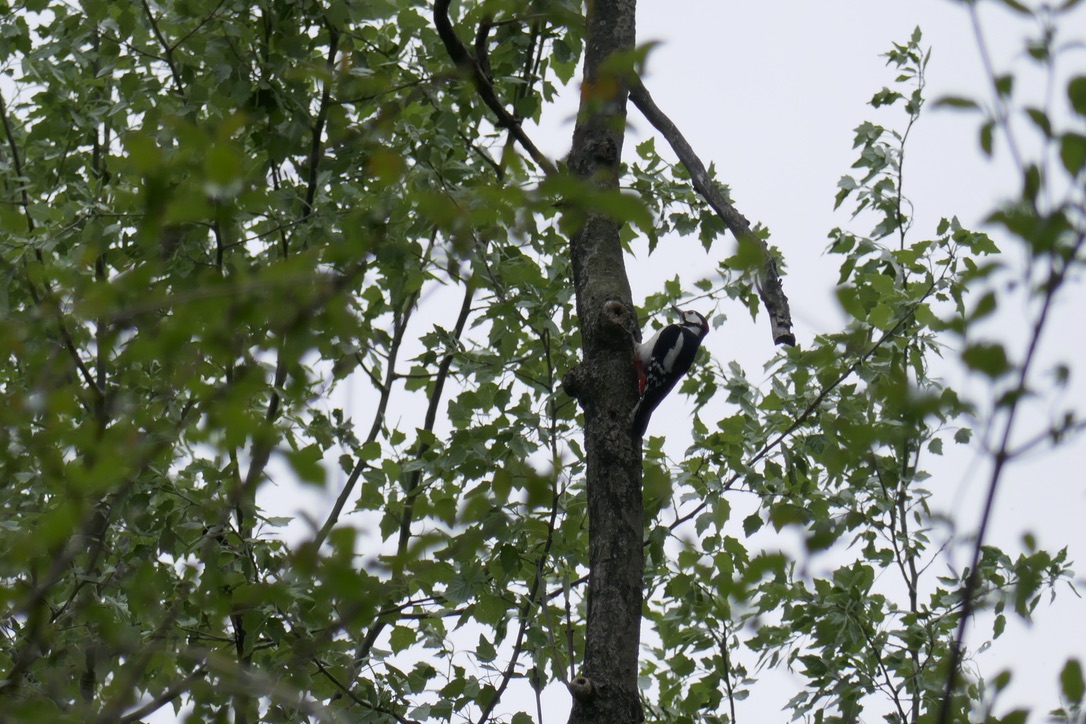
A greater bee fly which held still long enough for me to photograph it
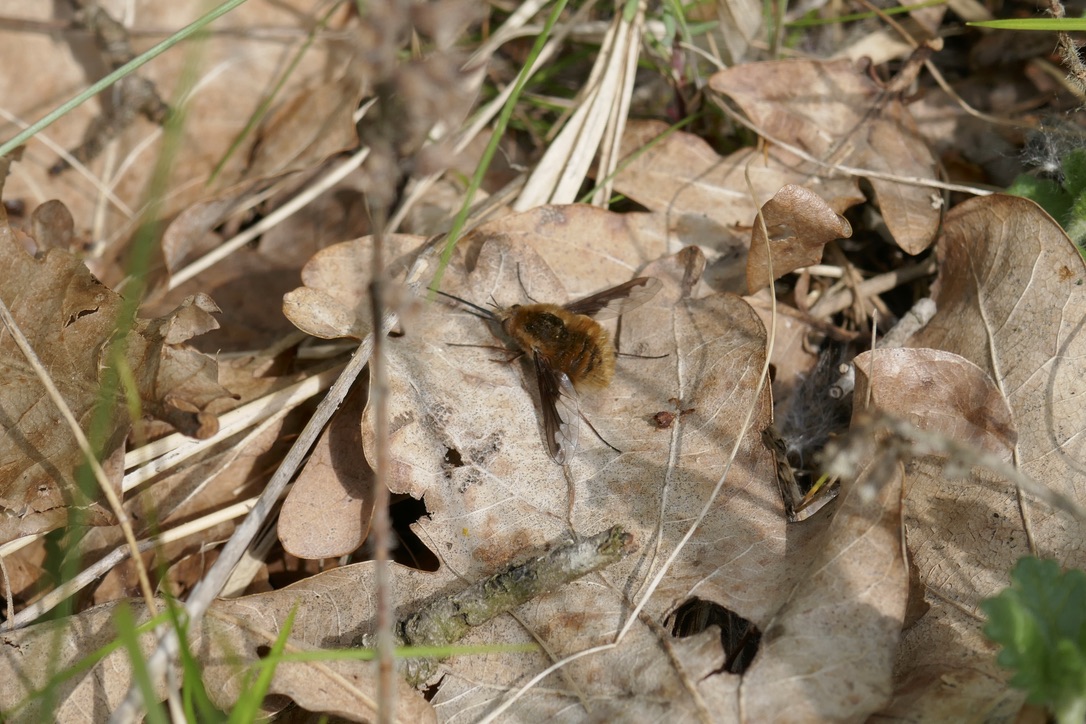
Some newts

This interesting spider
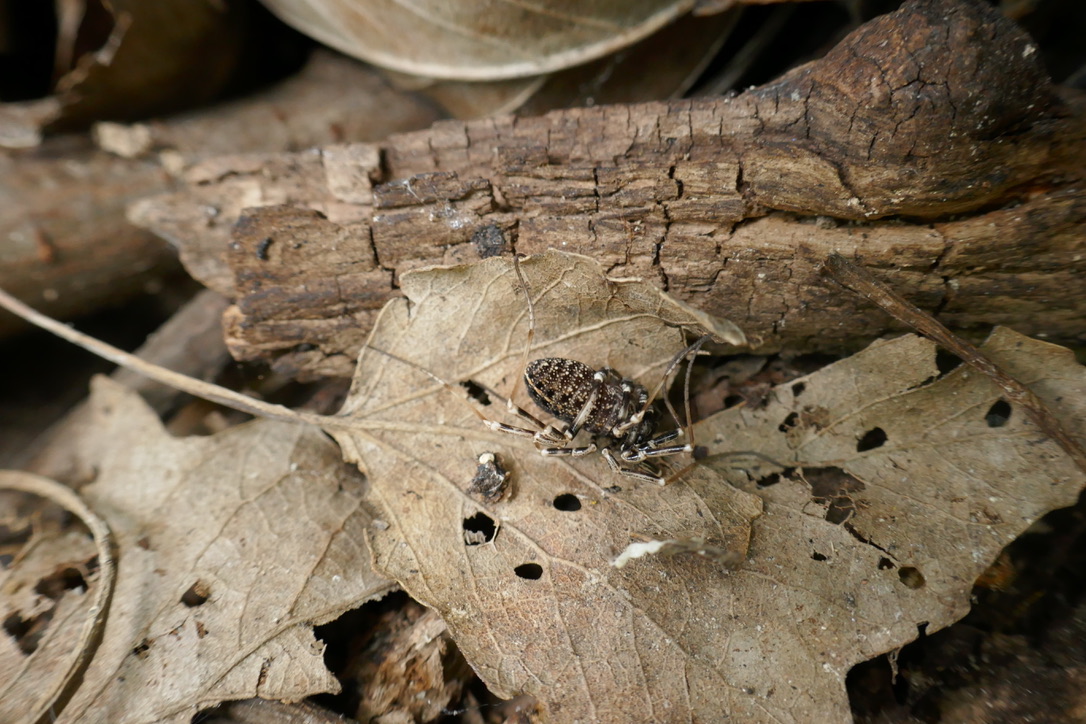
These enormous beetle larvae
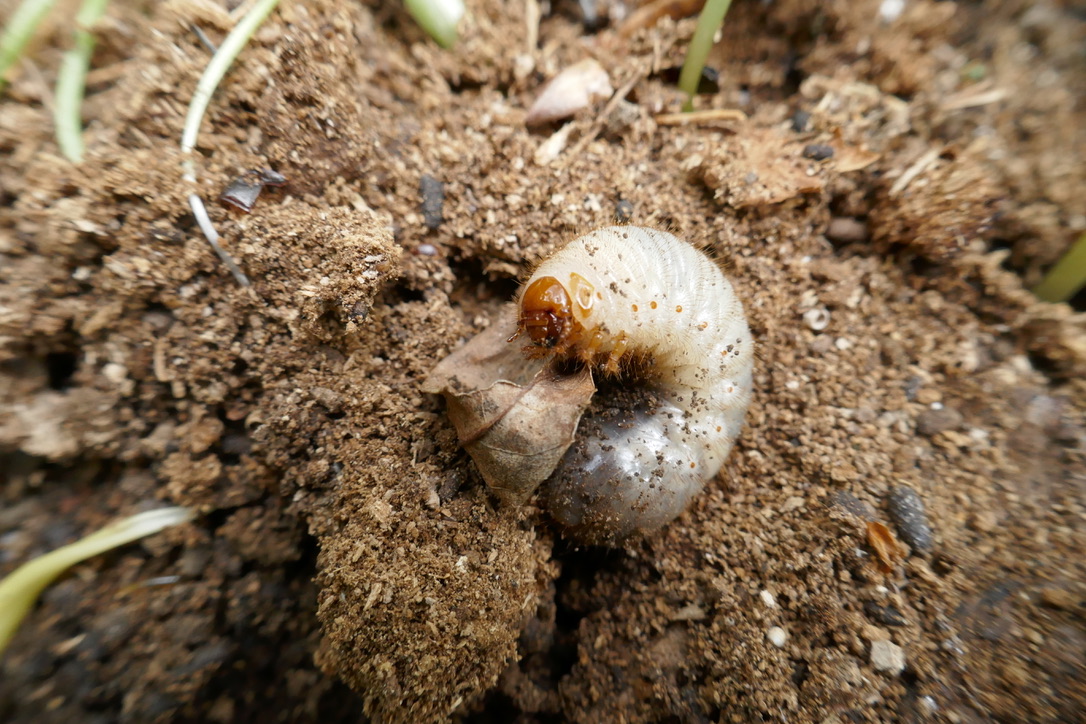
This cool looking moth
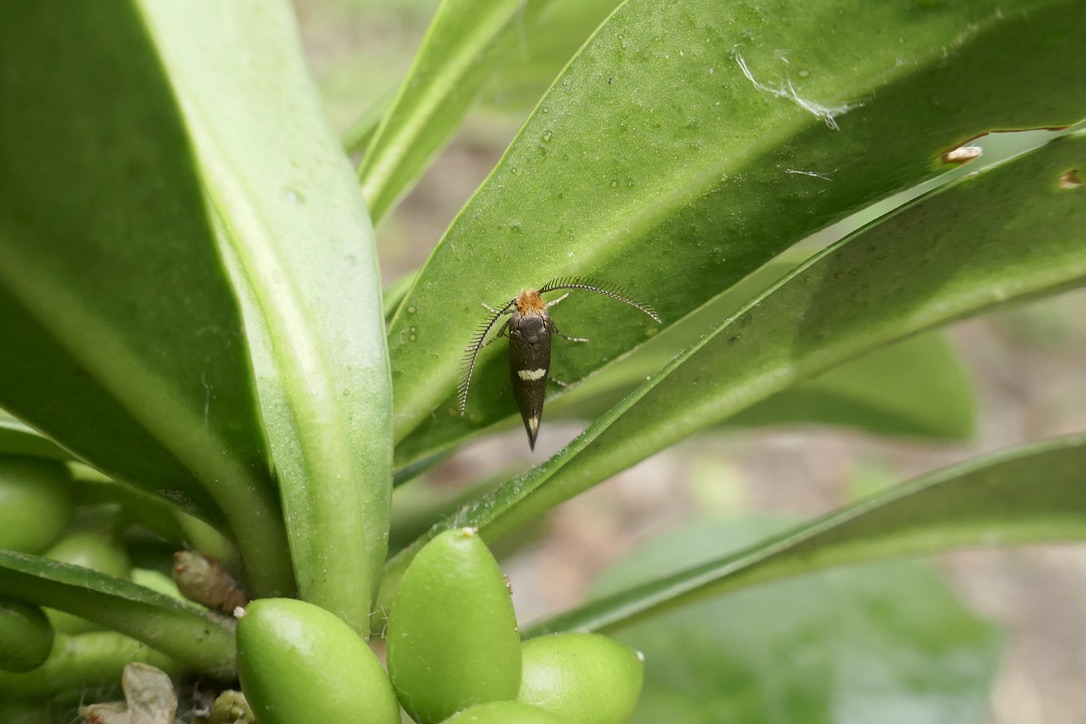
And many, many oil beetles
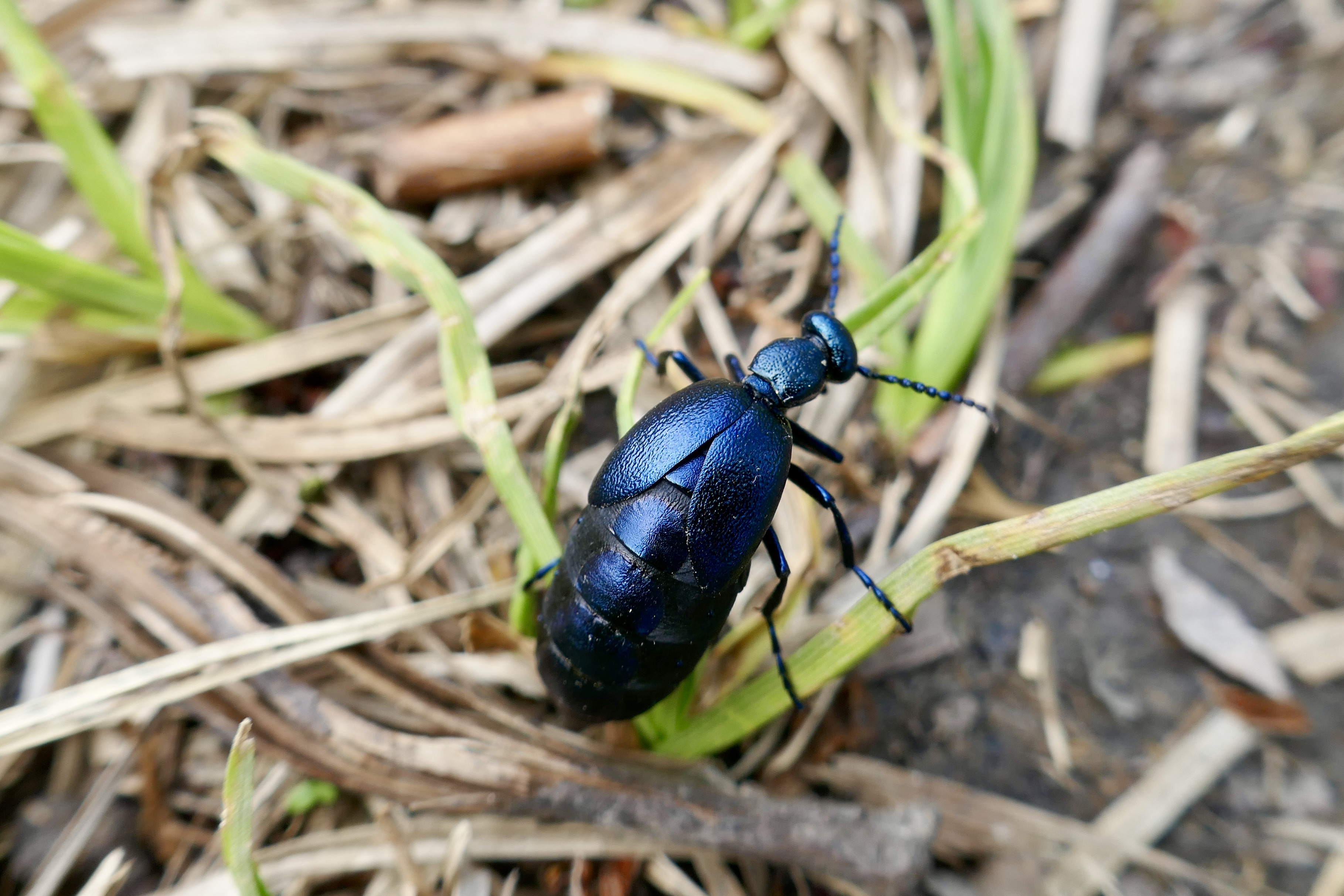
That makes a total of 213 observations over the long weekend. It’ll take some time for them to be identifed down to species level, but it looks like at least 130 individual species.
Day 2 of the #CityNatureChallenge: I finally made it to the Lainzer Tiergarten and made 73 observations, the highlights of which included:
Some enormous woodlice
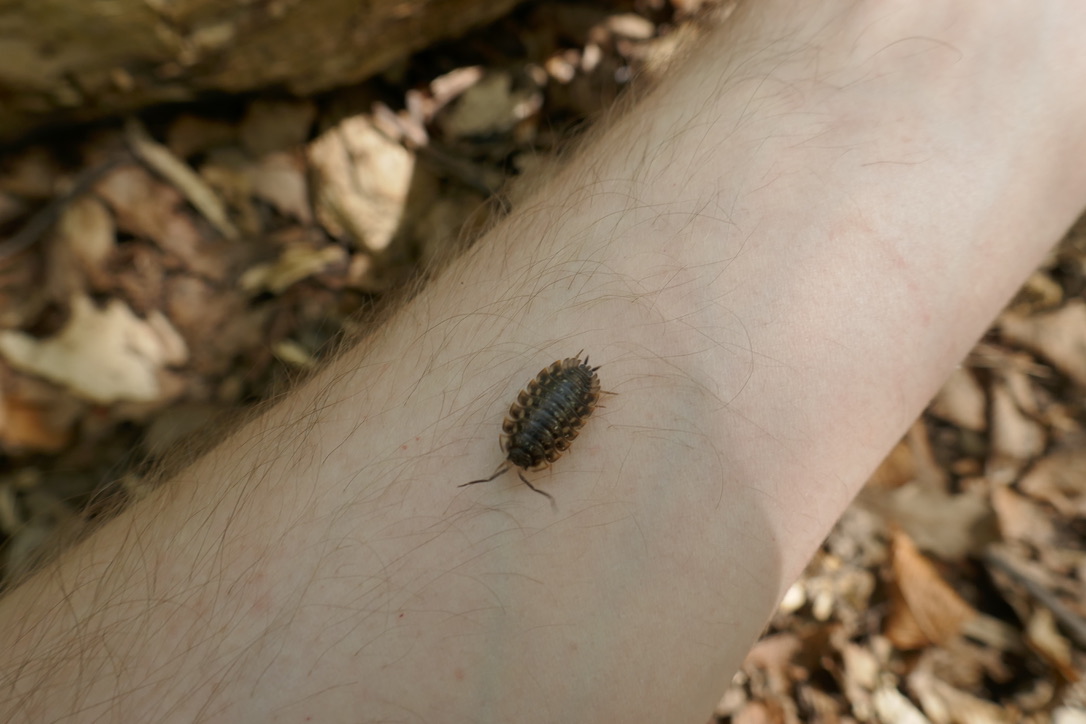
Some sort of Polydesmus, curled up on a little wall it had built to protect its eggs
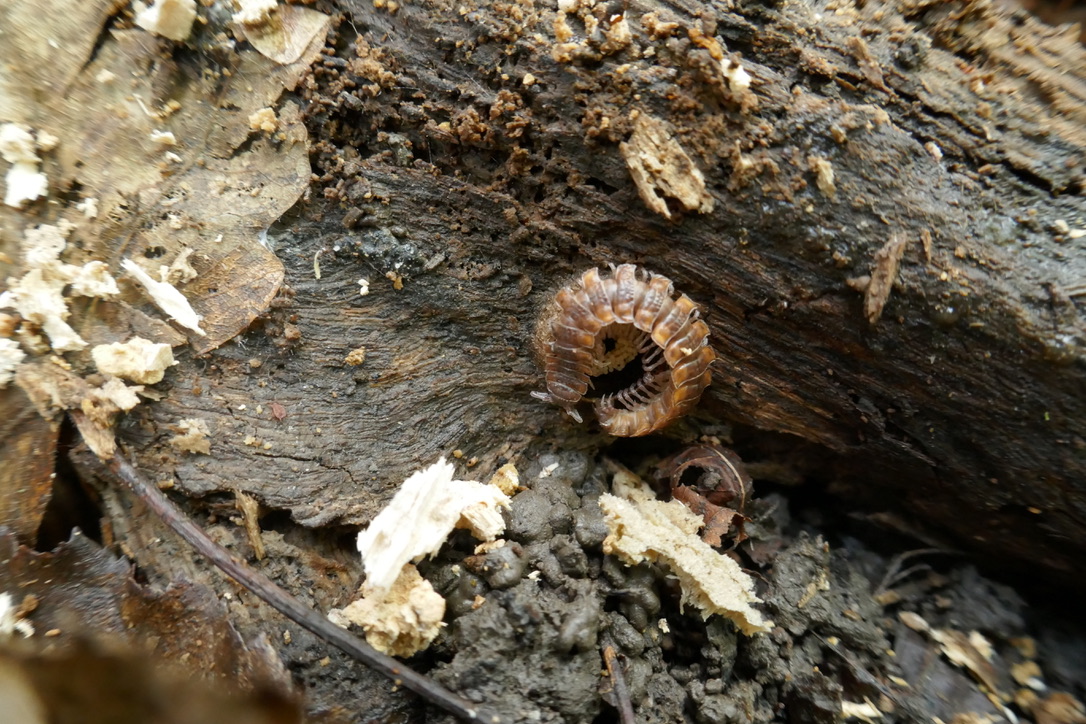
Plenty of Glomeris and pill woodlice
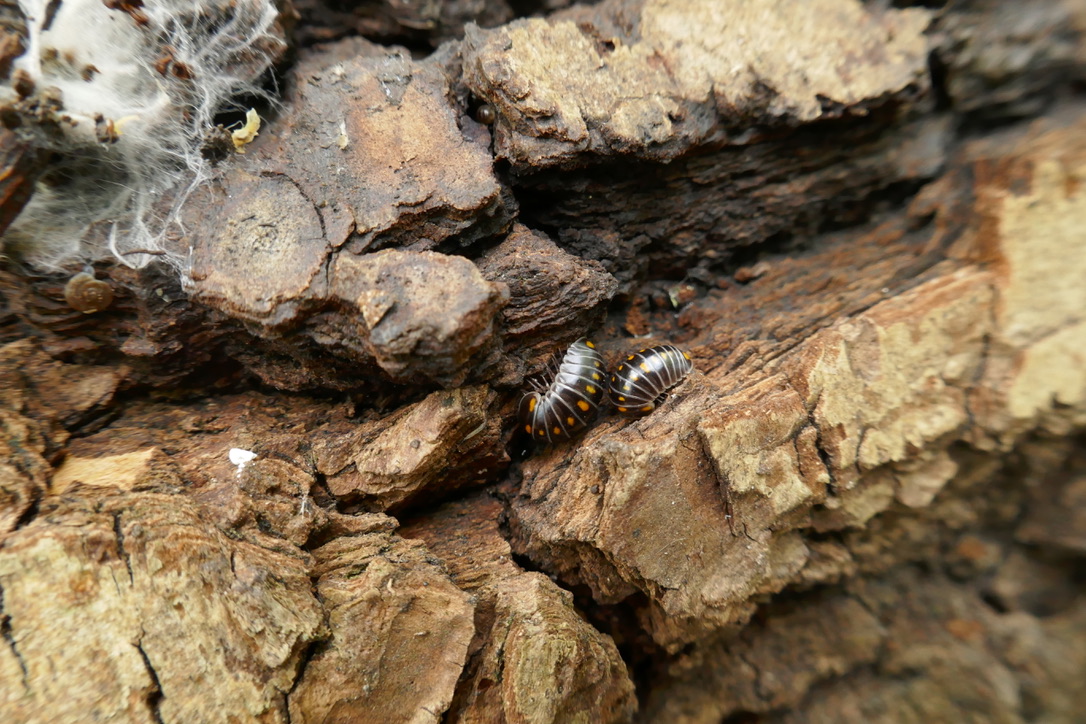
A red squirrel
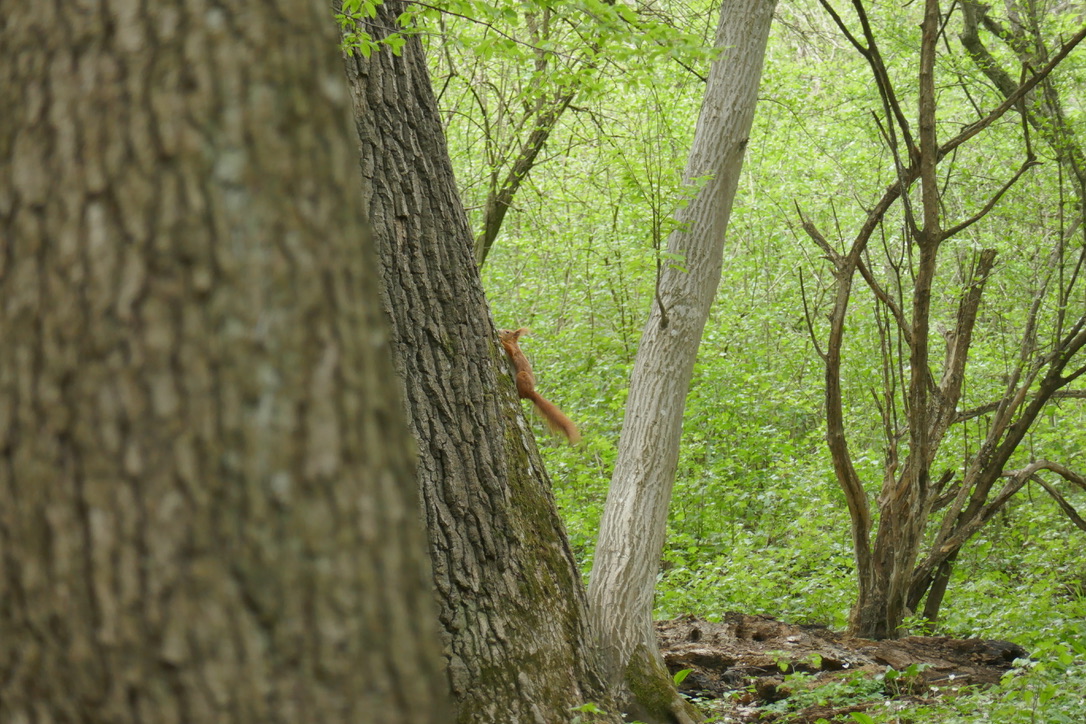
A nuthatch — not a great photo, but they’re one of my favourite woodland birds

One of the furriest moths I’ve ever seen — I think it’s a chimney sweep moth? If so, it’s an appropriate name.
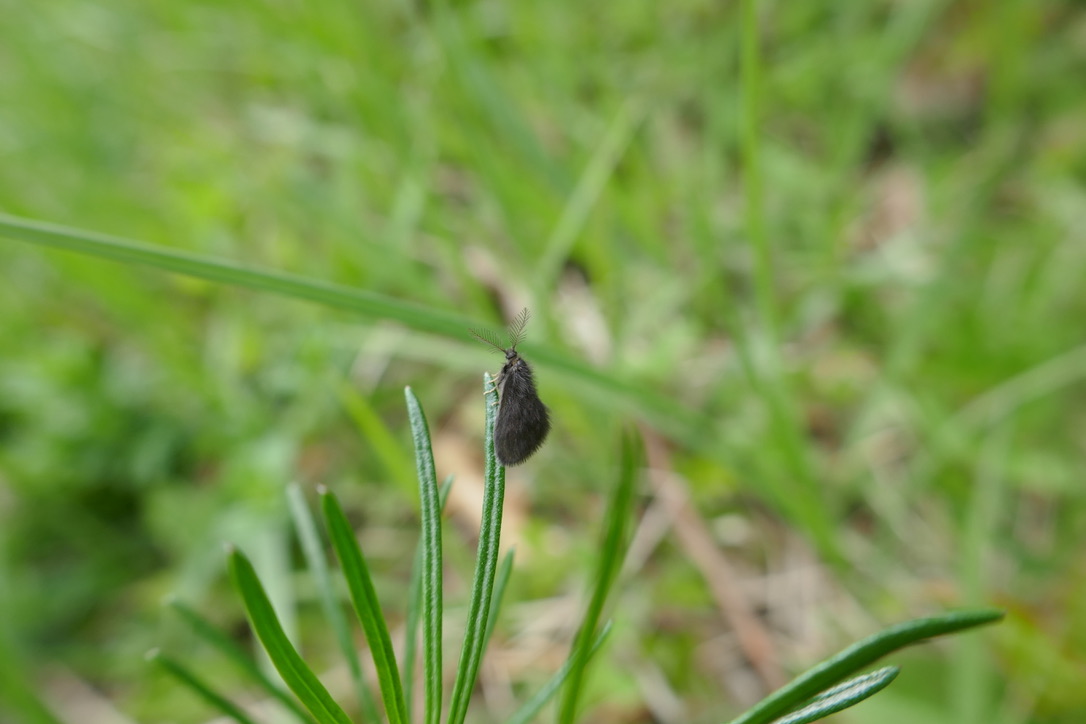
And finally, this enormous severed stag beetle head.
